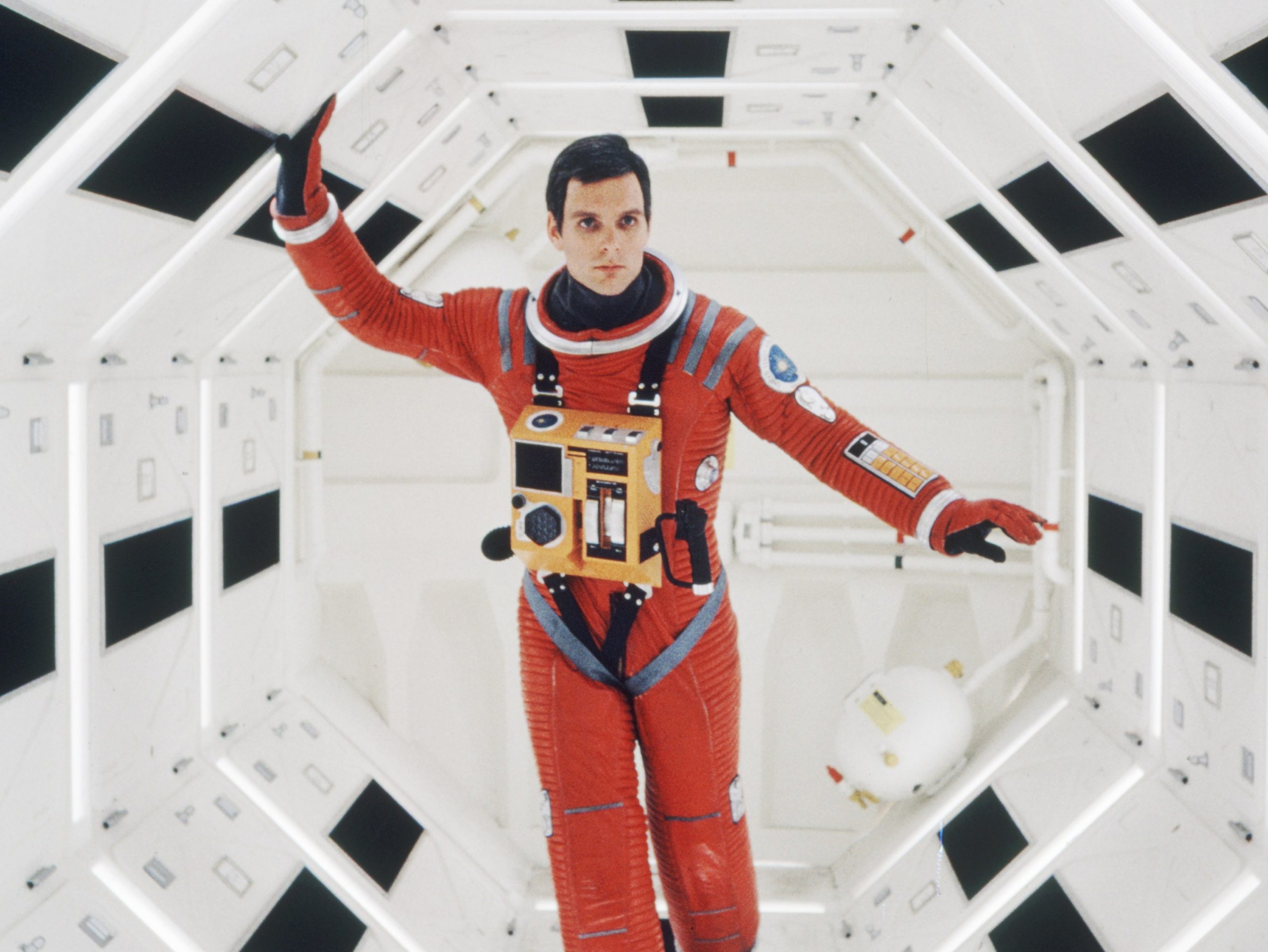A Leap of Faith
If the measure of a classic film is its ability to withstand the erosions of time, 2001: A Space Odyssey (1968) would have to be regarded as the best science fiction film of all time. Though we have moved beyond it chronologically, its predictive value still seems valid.
The decades-old special effects also hold up well. By comparison, George Lukas felt the need to repeatedly update the special effects and storyline in Star Wars (1977), despite the fact it was released nine years later. Science fiction films are especially prone to becoming dated. Both Woman on the Moon (1929) and Things to Come (1936) boldly depict a future that now seems forever bound to a distant past.
One of the reasons 2001 endures is Kubrick’s obsession with getting it right. When there’s an explosion in space, you don’t hear the sound of the explosion. That’s less dramatic, but completely accurate — there’s no air in space to carry the sound. Kubrick and writer Arthur C. Clarke even poke fun at their quest for authenticity. One scene shows the lengthy instructions needed to successfully operate a zero-gravity toilet.
Kubrick did find a technical flaw just before the film was released. It would have been too costly to correct, so the mistake remains. During the flight to the moon, Dr. Floyd drinks food through a straw, in what we understand to be a weightless environment. If you look closely, you can see the food drop when he stops sucking on the straw. Since there’s no gravity, the food shouldn’t be falling back.
Another reason this movie seems contemporary is the remarkably detailed spacecraft and docking facilities. This is the first modern science fiction film in terms of the care and expense devoted to making space travel appear as lifelike as possible. It also didn’t hurt that the movie was shot in 65mm (Super Panavision 70), which provides nearly four times the resolution of a standard 35mm film.
A third contributing factor is the open-ended plot. The conclusion of the film is open to so many different interpretations, you’ll find a variety of websites claiming to “explain 2001.” Even if you accept the most plausible plotline (aliens monitor our technological advances and then help mankind to take the next evolutionary step), there is still a strong element of mystery.
The film combines an obsessive attention to detail with a poetic sense of greater possibilities. That the two can coexist is a testament to Kubrick and Clarke’s creative talents and their willingness to take a great leap of faith in the power of this extraordinary medium.
2001: A Space Odyssey
(1968; directed by Stanley Kubrick)
Warner Home Video (Blu-ray, UHD, and DVD)
Thursday, September 12 at 8:00 p.m. eastern on Turner Classic Movies
Reviews